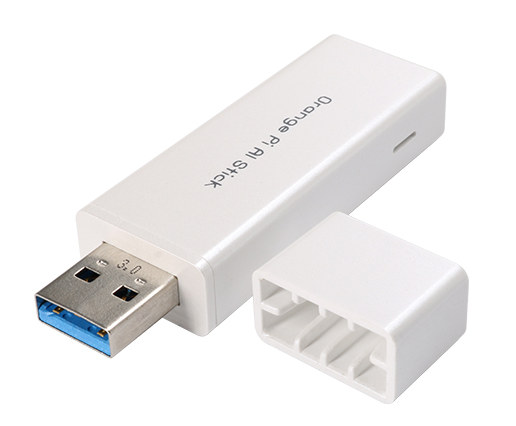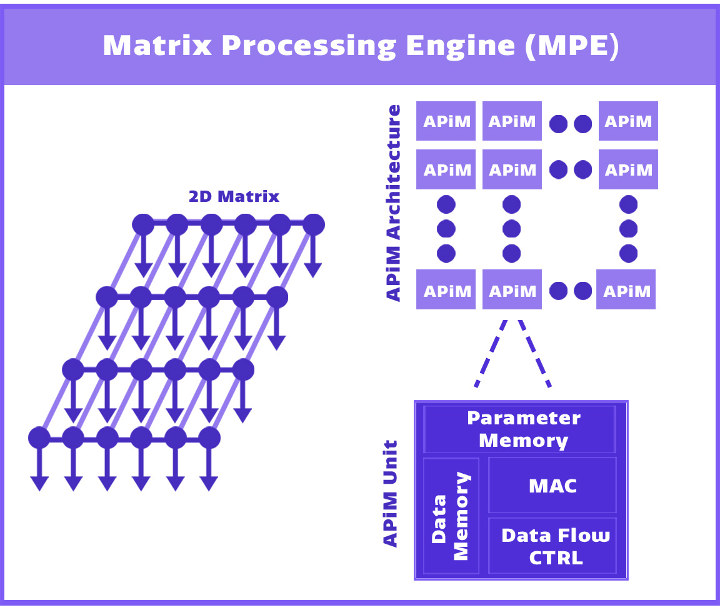Intel is not the only company selling neural compute sticks to accelerate artificial intelligence workloads at low power, as Gyrfalcon introduced their Laceli AI Compute Stick based on their own Lightspeeur 2801S matrix processor earlier this year, but it was not exactly easy to buy. Even the company’s latest PLAI Plug USB3.0 dongle (new name for Laceli AI Compute Stick?) and PLAI WiFi AI wireless accessory announced just a few days ago are not that easy to purchase, as they require you to fill a form with your project details before being able to buy anything.
But thanks to Shenzhen Xunlong Software, the Orange Pi boards maker, it’s now much easier to experiment with the technology since they launched Orange Pi AI Stick 2801, based on the same Lightspeeur 2801S ASIC found in PLAI Plug, but sold directly on Aliexpress for $69 plus shipping ($73.97 in total here).

Orange Pi AI Stick 2801 specifications:
- ASIC – SPR2801S Lightspeeur series processor with 2-dimensional Matrix Processing Engine (MPE) with AI Processing in Memory (APiM) delivering up to 2.8TOPS @ 300mW, 5.6 TOPS @ 100 MHz (peak performance)
- Storage – eMMC flash with 68 MB/s read, 84.69 MB/s write
- Host interface – USB 3.0 port
- Power Consumption – 5V @ 300mA
- Dimensions – 66.5 x 20.5 x 10.8 mm
- Temperature Range – Operating: 0 to 40°C; storage: -20 to 80°C
The stick supports Caffe and Pytorch frameworks, is said to work on systems running Ubuntu 16.04 with at least 2GB RAM, 4GB flash, and to be compatible with Allwinner based Orange Pi development boards. However, If the 2GB RAM is a must, then it will limit the number of usable boards, and if USB 3.0 is preferable, then AFAIK there are no Orange Pi boards with both USB 3.0 and 2GB RAM…


Jean-Luc started CNX Software in 2010 as a part-time endeavor, before quitting his job as a software engineering manager, and starting to write daily news, and reviews full time later in 2011.
Support CNX Software! Donate via cryptocurrencies, become a Patron on Patreon, or purchase goods on Amazon or Aliexpress




